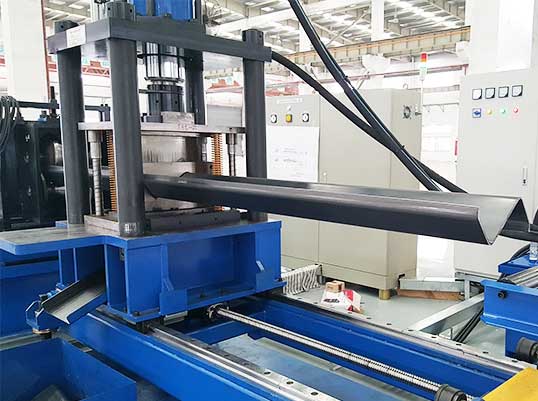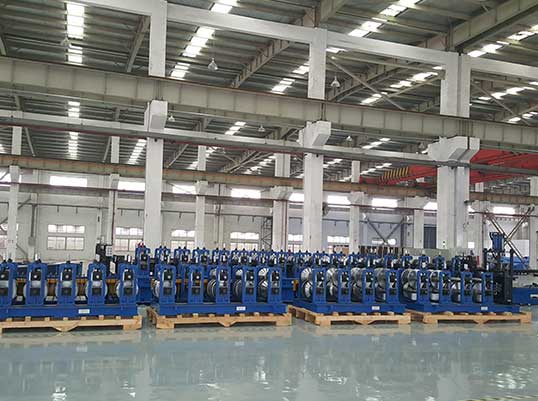Navigation Menu
Contact Us
- Email:
- info@wxavatar.com
- Address:
- Yurong Village, Yuqi Street, Huishan District, Wuxi, China.
Release Date:May 16, 2025 Visit:48 Source:Roll Forming Machine Factory
When it comes to setting up solar panel installations, much attention gets paid to the panels themselves and their energy output. But what about the unsung hero holding everything together - the mounting system? Today, let's look at how modern solar stand roll forming machines might offer some practical benefits that don't always make the headlines.

The Backbone of Solar Installations
Solar mounting structures need to be sturdy, precise, and cost-effective. This is where roll forming technology steps in. Unlike traditional fabrication methods, automated roll forming creates consistent, high-quality solar mounting components with minimal material waste.
A good solar stand roll forming machine can produce various profiles needed for different mounting applications - from rooftop systems to ground-mounted arrays. The process involves feeding metal coils through a series of rollers that gradually shape the material into the desired form without excessive heat or energy-intensive processes.
Precision That Pays Off
One practical advantage often overlooked is the level of precision these machines offer. When mounting components fit together perfectly, installation time decreases significantly. Contractors don't need to spend hours adjusting or modifying parts on-site. This precision also means fewer callbacks for adjustments or repairs down the line.
The consistency of roll-formed parts also simplifies inventory management. When every bracket or rail is identical, there's less need to sort through variations or keep multiple versions in stock.
Adaptability Matters
Modern solar stand roll forming equipment can often switch between different profiles with relatively quick changeovers. This flexibility allows manufacturers to respond to different project requirements without major retooling costs. Whether a project calls for lightweight aluminum mounts or heavier steel supports, the same basic equipment can often handle both.
Economic Considerations
While the initial investment in roll forming equipment might seem substantial, the long-term economics often work in favor of this technology. Reduced material waste, lower labor requirements per unit produced, and decreased energy consumption compared to some alternative methods all contribute to cost efficiencies that can be passed along the supply chain.
The automation aspect also means production can continue with minimal supervision, allowing manufacturers to scale output without proportionally increasing labor costs.
Durability Where It Counts
Properly formed solar mounts need to withstand years of exposure to weather while maintaining their structural integrity. The cold-forming process used in roll forming can actually work-harden certain areas of the metal, potentially enhancing the durability of critical stress points without additional treatment.
Final Thoughts
While solar stand roll forming machines might not be the flashiest part of renewable energy technology, their role in making solar installations more practical and cost-effective shouldn't be underestimated. As solar adoption continues to grow, the efficiency and reliability offered by automated roll forming processes may prove increasingly valuable to both manufacturers and installers alike.

For businesses involved in solar mounting production, understanding these advantages could inform better equipment choices and production strategies. For installers and project developers, knowing what goes into quality mounting components might influence procurement decisions. In an industry where every efficiency counts, sometimes the overlooked advantages make the most practical difference.